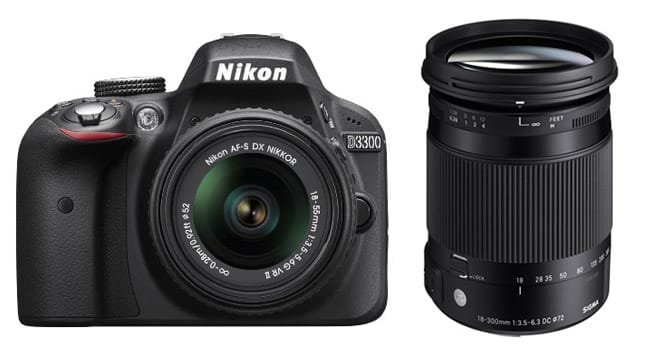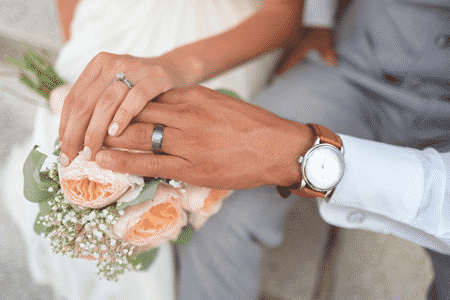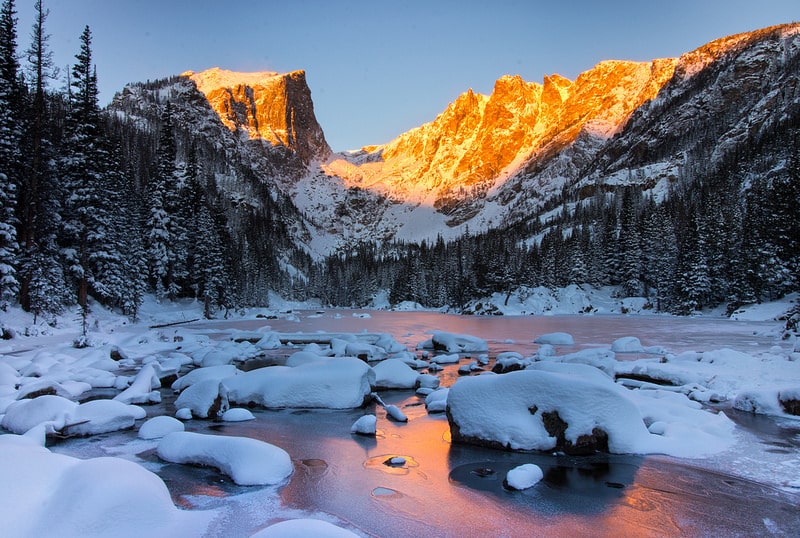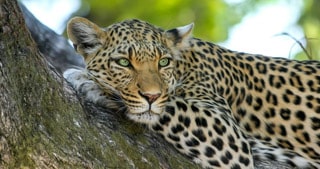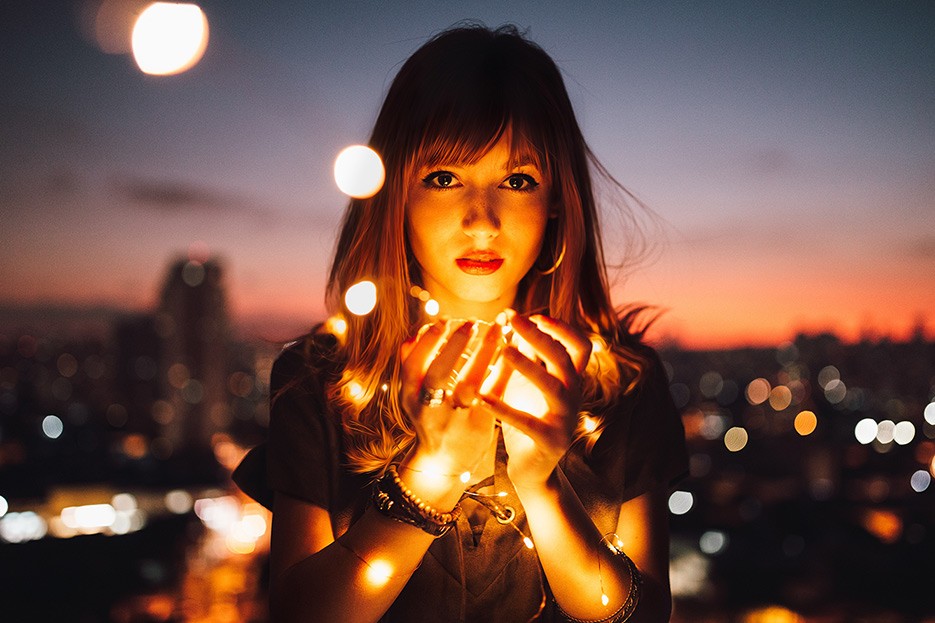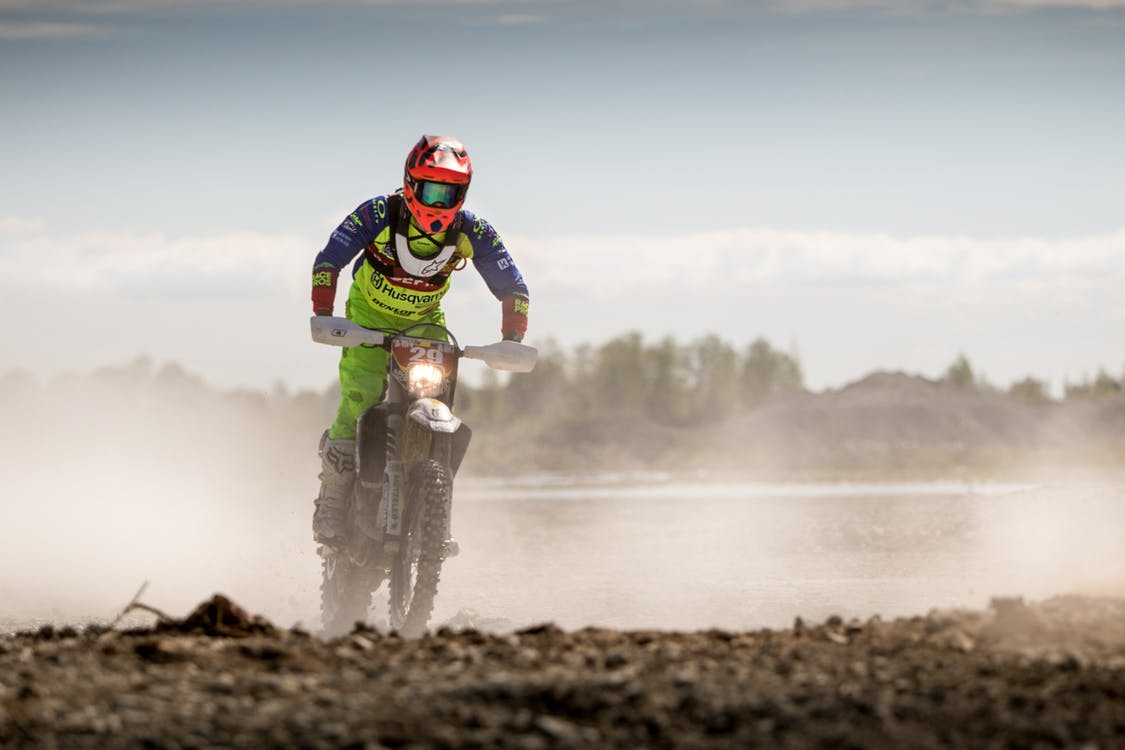The Nikon D3300 is a fantastic entry-level DSLR, probably one of our favorite affordable smaller cameras of all time.
Whether you’re looking to buy your first lens or haven’t even bought the Nikon D3300 and just want to see if there are any better options than the 18-55mm kit lens, this guide is exactly for you.
Table of Contents
ToggleLenses are more important thank you think
See, lenses are far more important than the camera you use. How much zoom, build design, are there any specific elements put inside the lens to reduce ghosting and color fringing (common quality issues), this all affects the final shot. Then there’s also the size of the aperture so you can choose how much you want in focus.
But with over 60+ Nikon lenses to choose from, and that includes wideangle, macro, telephoto lenses and much more, you have so much freedom and different choices it’s easy to get lost if you don’t know what you should pay attention to. There are also third-party companies such as Sigma and Tamron that make awesome lenses!
This is where we hop in and explain everything you need to know and also show you the best lenses for the D3300!

Wideangle lenses

Macro lenses

Telephoto lenses

Standard lenses
Types of Lenses:
- Wideangle – Useful for capturing a lot in your scene (usually from 8 to 35mm)
- Standard – Where most photography happens (from 35 to 85mm)
- Telephoto – For subjects far away (85 to 600mm, only a few lenses that go higher)
- Macro – 1:1 ratio that magnifies your subject to real life size (usually from 60 to 180mm)
Wideangle lenses are often used for nature, landscape and indoor photography.
A standard lens is the most similar to how we see the world, and is perfect for most types of photography. Our favorite pick is the Nikon 35mm f/1.8G and if you’re looking for sharpness and good image quality, plus being able to shoot at night, you’ll love it.
Telephoto lenses are longer and often heavier because they need to make your subject appear much closer than it actually is. Sometimes moving closer does the job, but there are occasions where you need a telephoto lens; you can’t just hop on a basketball court for a few seconds to take a few pictures, let alone outside in nature with dangerous animals. An affordable and lightweight option is the Nikon 55-250mm f/4-5.6.
The last on our list are macro lenses. They act like a magnifying glass and make your subject appear as big as it is in real life (known as 1:1 magnification ratio). They’re perfect for details, bugs and product photography, especially smaller items. Nikon recently announced the Nikon 40mm f/2.8G Micro and you’ll find it on all of our lens guides.

List of lenses we recommend for the Nikon D3300:
We cover these lenses in depth below, but in case you’re looking for full specifications and reviews, here’s an organized list. Prime and zoom lenses, from widest to longest.
If you decide to buy anything through our Amazon links, you automatically support our work as we receive a small commission and it’s what allows us to write these guides.
Best Portrait/Wedding/Low Light Lenses:
Nikon 35mm f/1.8G AF-S
Nikon 50mm f/1.8G AF-S
Nikon 85mm f/1.8G AF-S
Best Telephoto/Action Lenses:
Nikon 55-200mm f/4-5.6G ED VR
Nikon 55-300mm f/4.5-5.6G ED VR
Best Walkaround/All-around Lenses:
Sigma 30mm f/1.4 DC HSM
Sigma 18-300mm f/4-5.6 DC OS HSM
Best Wideangle & Macro Lenses:
Tokina 11-16mm f/2.8 Pro DX II
Nikon 40mm f/2.8G Micro
The Nikon D3300 accepts both DX and FX lenses. However, it doesn’t have an AF motor built-in so you need to make sure the lens you’re thinking of buying has DX in its name. It’s quite hard to find a lens without a motor in this age, but it doesn’t hurt to know. We made sure all lenses on this list have one built-in so there’s no need to worry.
How to tell if a lens fits the D3300?
Nikon -> If there’s “DX” in the name, it’s good
Sigma -> “DC” stands for crop cameras, which the D3300 is.
Tokina -> Also uses “DX” in their names
Tamron -> “Di-II” made for only crop cameras, “Di” works on all Nikon DSLRs
Best D3300 Lenses for Portraits, Weddings, Low Light and General Photography

Best for everything and cheap -> Nikon 35mm f/1.8G AF-S
Best all-around and also cheap -> Nikon 50mm f/1.8G AF-S
Best for portraits and sharpest -> Nikon 85mm f/1.8G AF-S
For best image quality, sharpness and low light performance, prime lenses are by far the best choice. They have less elements than zoom lenses, which allows the optical quality to be better, and this also results in lighter and more compact designs.
There’s also the large aperture that lets in a ton of light so you can shoot at night, and it also makes your background really blurry, giving you that professional look.
1. Nikon 35mm f/1.8G AF-S DX
The Nikon 35mm f/1.8G is the most affordable Nikon prime lens, offers superb image quality and fast auto focus. If you’re looking to buy your first lens after the kit 18-55mm, you’ll be amazed by the quality as prime lenses are top notch!
Plus, aperture f/1.8 will make your portrait shots look more professional due to the shallow depth of field and lovely bokeh. Colors and sharpness are also really good for a lens this price. It’s a perfect choice for a whole lot of different styles, from night time, portraits, kids and pets running, nature to traveling and wedding photography.
You can buy it at Amazon or see more reviews here.
2. Nikon 50mm f/1.8G AF-S
Before the announcement of the lens above, the Nikon 50mm f/1.8G was our favorite prime for both newcomers to photography and more advanced users looking for quality in a lightweight lens.
If you often find yourself using the 18-55mm lens more or less near 50mm, this lens was made for you. Not only is quality years ahead of the kit zoom, it also focuses faster and lets you go all the way to f/1.8! Their prices are almost identical, yet we recommend you to go with the 50mm if you prefer a little bit tighter shots (15mm difference between the two lenses).
You can buy it at Amazon or see more reviews here.
3. Nikon 85mm f/1.8G AF-S
We’ll keep it simple. If you’re into wedding, concert, portrait or night time photography, check out the Nikon 85mm f/1.8G AF-S and you’ll never look back.
Why? It’s the focal length, there’s just something magical about 85mm for shots of people. Then there’s the awesome bokeh with fast f/1.8 aperture and sharp results. It’s more expensive but definitely worth it if you’re looking for that one lens to take your shots to the next level. Because it’s noticeably longer, it’s not as good for street, indoor and walk-around purposes, but is ideal if you can’t always be close to your subject.
You can buy it at Amazon or see more reviews here.
Best D3300 Lenses for Wildlife, Sports, Birds and Action Photography
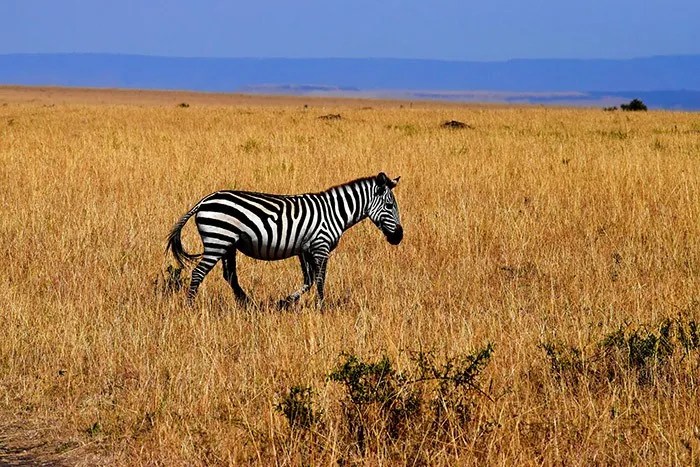
Best telephoto budget zoom -> Nikon 55-200mm f/4-5.6 ED II VR
More zoom, better optics -> Nikon 55-300mm f/4.5-5.6G ED VR
Nikon offers quite a few telephoto lenses for DX users and we really like their Nikon 55-200mm f/4-5.6G because it’s cheap and gets the job done. For less than $150, it even comes with Vibration Reduction, an ED element for improved sharpness and focuses normally on the D3300.
Because telephoto lenses tend to be a bit heavier and also get you close to the subject, you’ll want to make sure you get one with Vibration Reduction. Basically, if you’re not totally stable the lens compensates for slight movements and makes the shot less blurry, but this won’t help if your main subject is moving fast, only a faster shutter speed will.
Cheaper telephoto lenses also don’t have large apertures and are usually between f/4 and f/5.6. This is not good for indoor action so remember to raise the ISO up to 1,600 – 3,200 to get acceptable shots, mainly for viewing on an computer monitor.
1. Nikon 55-200mm f/4-5.6G ED VR II DX
The lens is so affordable you can even get it as a gift! The Nikon 55-200mm f/4-5.6G goes for $150, features VR and has a minimum focus distance of 3.7 feet.
Its Vibration Reduction system helps you up to 4 stops, which can mean a difference between 1/250 and 1/15 in extreme cases. VR also makes your videos look less shaky which you’ll want if you record Full HD videos with the D3300. In short, the 55-200mm is perfect if you want to start wildlife and sports on a tight budget.
You can buy it at Amazon or see more reviews here.
2. Nikon 55-300mm f/4.5-5.6G ED VR DX
 More money more problems. Well, not in this case. The Nikon 55-300mm f/4.5-5.6G does cost more, but offers better image quality, colors and contrast, and 100mm more zoom.
More money more problems. Well, not in this case. The Nikon 55-300mm f/4.5-5.6G does cost more, but offers better image quality, colors and contrast, and 100mm more zoom.
Bokeh also looks better due to 9 diaphragm blades compared to “just” 7 on the 200mm above, and it also focuses quicker and more silent. However, both lenses will often hunt in low light so be ready to do a bit of manual focusing from time to time. Outdoors, this is rarely an issue. Build quality has also been improved and feels a lot less cheap/plastic, but in return the lens weighs more.
You can buy it at Amazon or see more reviews here.
Best D3300 Lenses for Landscape, Wideangle, Architecture and Indoor Photography

Best wide zoom -> Tokina 11-16mm f/2.8 Pro DX II
Best but expensive -> Sigma 18-35mm f/1.8 DC HSM
The D3300 is a DX camera (1.5x crop factor) which means that any lens you put on acts as if it was 1.5x longer than it actually is (even FX lenses do that). This happens because the sensor is 1.5x smaller than full frame and is a standard for all DSLR cameras under $2,000. You can read more about the crop factor here.
How does this affect you? Well, telephoto photography is awesome with the 1.5x factor because you can get closer without buying more expensive lenses, but for wideangle this isn’t good because extreme wide angles become… not so extreme. You can try Nikon’s lens simulator to see the difference.
To counter the crop factor, Nikon and third-party companies make super wide lenses with the 1.5x in mind, so when you put them on they’re still wide enough for whatever it is that you require. They’re also cheaper and lighter than comparable FX lenses. The Tokina 11-16mm f/2.8 is our favorite affordable wideangle lens, because it’s still wide when mounted on the D3300 (11-16mm acts as if it’s a 16.5-24mm lens, just multiply the numbers by 1.5x). It’s also the only one we recommend because it offers the most for the money.
1. Tokina 11-16mm f/2.8 Pro DX II
It looks cool, it feels solid, it’s got an f/2.8 aperture and most importantly, gives good results for wideangle photography. The Tokina 11-16mm f/2.8 Pro DX II is a popular choice, mostly for Nikon because their wide zoom is more expensive and slower. No issues with auto focusing or anything since it uses an AF-S motor.
Not only is the lens good for nature, real estate and indoor photography, the f/2.8 also allows you to use it for long exposure photography at night. It features two aspheric and two low-dispersion elements to reduce the amount of ghosting and flare, a common issue with wider lenses.
You can buy it at Amazon or see more reviews here.
Best D3300 Lenses for Traveling, Walkaround, Zoom and Everyday Photography

Best 1 all-around choice -> Sigma 18-300mm f/3.5-6.3 DC OS HSM
Better quality, less zoom -> Sigma 30mm f/1.4 DC HSM
While there’s so many lenses to choose from, you might prefer owning just one that covers it all, from wide to telephoto. This usually means bigger and heavier lenses, but is usually still better than carrying around at least 3 lenses and switching between them. When traveling, you might not always have the time, and you can also risk getting your gear wet/dusty.
But there’s one drawback; the quality of do it all zoom lenses is not as good as primes. We’re not saying they suck or anything, but their apertures are nowhere near as big and quality differences can be seen when viewing bigger prints. A zoom lens needs to have so many different elements inside, even for moving, that you can’t expect to get the highest quality.
However, we found a lens that simply tops every other Nikon all-around lens! That’s the Sigma 18-300mm f/3.5-6.3 DC OS HSM. Check out the ePhotozine review that also for more detailed charts, but to give it to you short, the lens is worth every dollar.
1. Sigma 18-300mm f/3.5-6.3 DC OS HSM

Continuing from above, the Sigma 18-300mm f/3.5-5.6 DC OS HSM is the perfect travel lens. Take it out for walks, or use it as your only lens when travelling all over the US, it’s fit for all.
It does get softer at 300mm as expected, but stopping down to ~f/8 greatly improves sharpness. Unfortunately this means it’s not good indoors at ~300mm because you have to shoot with really long shutter speeds. This can be “fixed” by enabling the Optical Stabilization or using a higher ISO speed, but yeah….noise and all, you know. If only life was that easy. We used to really like Nikon’s 18-140mm lens, but for the same price you don’t nearly get as much value.
You can buy it at Amazon or see more reviews here.
2. Sigma 30mm f/1.4 Art DC HSM
A walk around lens doesn’t always equal a long zoom. Sometimes, all you need is a small, fast prime with excellent optics. The Sigma 30mm f/1.4 has a field of view equivalent to 50mm on the D3300, which is an excellent length for day to day stuff, traveling and taking pictures when it gets dark.
Yes, you can’t zoom but in return you get amazing quality, better bokeh, a large f/1.4 aperture and tack sharp shots. Having a fixed lens also forces you to be more creative and you sort of already know what to expect, even before taking a shot. You start moving better, you think more, you take better pictures.Not to mention, you stand out less with a prime lens compared to a superzoom.
You can buy it at Amazon or see more reviews here.
Best D3300 Lenses for Macro, Product and Bugs Photography

Best DX Micro Lens -> Nikon 40mm f/2.8G Micro
Cheap 100mm macro -> Tamron 90mm f/2.8 Di SP Macro
If you want to look at the world from another perspective, there’s no better way than to use a macro lens. Their glass magnifies the subject so it’s just as big as it is in real life (1:1). If you ever see a lens with ‘macro’ in its name, check the magnification ratio first, if it’s under 1 then it’s not a true macro.
When buying a macro lens, there’s one thing you never have to worry about and that’s sharpness. We couldn’t find a single lens that would be bad here and that includes a ton of third-party options as well.
For bugs and live creatures, longer focal lengths are preferred so you don’t scare them away.
1. Nikon 40mm f/2.8G DX Micro
This macro lens is perfect if you’re not too serious about macro photography, but just want to shoot from time to time. That’s not to say you can’t use the Nikon 40mm f/2.8G Micro as your only lens of course, but it’s the price that makes is such a good deal.
For a macro lens, its focal length isn’t too long, which makes it better for product photography or even as a casual choice for outdoor activities. Forget the term macro and don’t the numbers limit your creativity.
You can buy it at Amazon or see more reviews here.
Nikon D3300 Lens Prices and Mount Compatibility
| Lenses | Price | Designed for | Year |
| Sigma 30mm f/1.4 Art DC HSM | Amazon | DX | 2013 |
| Nikon 35mm f/1.8G AF-S DX | Amazon | DX | 2001 |
| Nikon 40mm f/2.8G DX Micro | Amazon | DX | 2011 |
| Nikon 50mm f/1.8G AF-S | Amazon | DX+FX | 2011 |
| Nikon 85mm f/1.8G AF-S | Amazon | DX+FX | 2012 |
| Tokina 11-16mm f/2.8 Pro DX II | Amazon | DX | 2012 |
| Sigma 18-300mm f/3.5-6.3 DC OS HSM | Amazon | DX | 2014 |
| Nikon 55-200mm f/4-5.6G DX ED VR | Amazon | DX | 2010 |
| Nikon 55-300mm f/4.5-5.6G DX ED VR | Amazon | DX | 2015 |
Your Nikon D3300 works perfectly with both FX and DX lenses, we simply give you this information if you ever decide to upgrade and want to see whether the lenses will work on an FX body.
Which D3300 lens to buy first?

We like keeping things simple, so if you’re unsure what lens to buy first it all comes down to whether your current gear allows you to take pictures like you want.
These are the 4 most important factors to consider before buying a new lens:
- Better quality
- Better low light performance
- Wider or longer focal length
- Price
If you own the 18-55mm kit lens, there’s no reason to buy something new with just a little bit more zoom range and aperture speeds. However, if you’re looking for a drastic change in how much light you receive, the image quality and the background blur you can get, buying a Nikon 35mm f/1.8G AF-S is your best option.
You should get a lens when you want better performance at what you’re already shooting (sharpness, length, zoom, aperture etc.), or to start taking pictures that excite you but are hard to get with current equipment.
Useful Nikon Lens Sites:
Best Nikon Lenses For:
First and foremost, I’m a husband and father. Then professionally I’m photographer, designer, blogger, and Esty store owner. My homebase is near the stunning Wasatch mountains in Utah but I love traveling with my family as part of our homeschooling journey. I also love teaching and helping out others. My faith is one of the biggest aspects of my life and brings be a consistent joy that I haven’t found in anything else. My main blog is BestPhotographyGear.com and I strive to make photography simple for anyone looking to learn or find gear for their individual needs. By nature, I like to study, research, and analyze things and I use that help provide the best advice and reviews I can.

